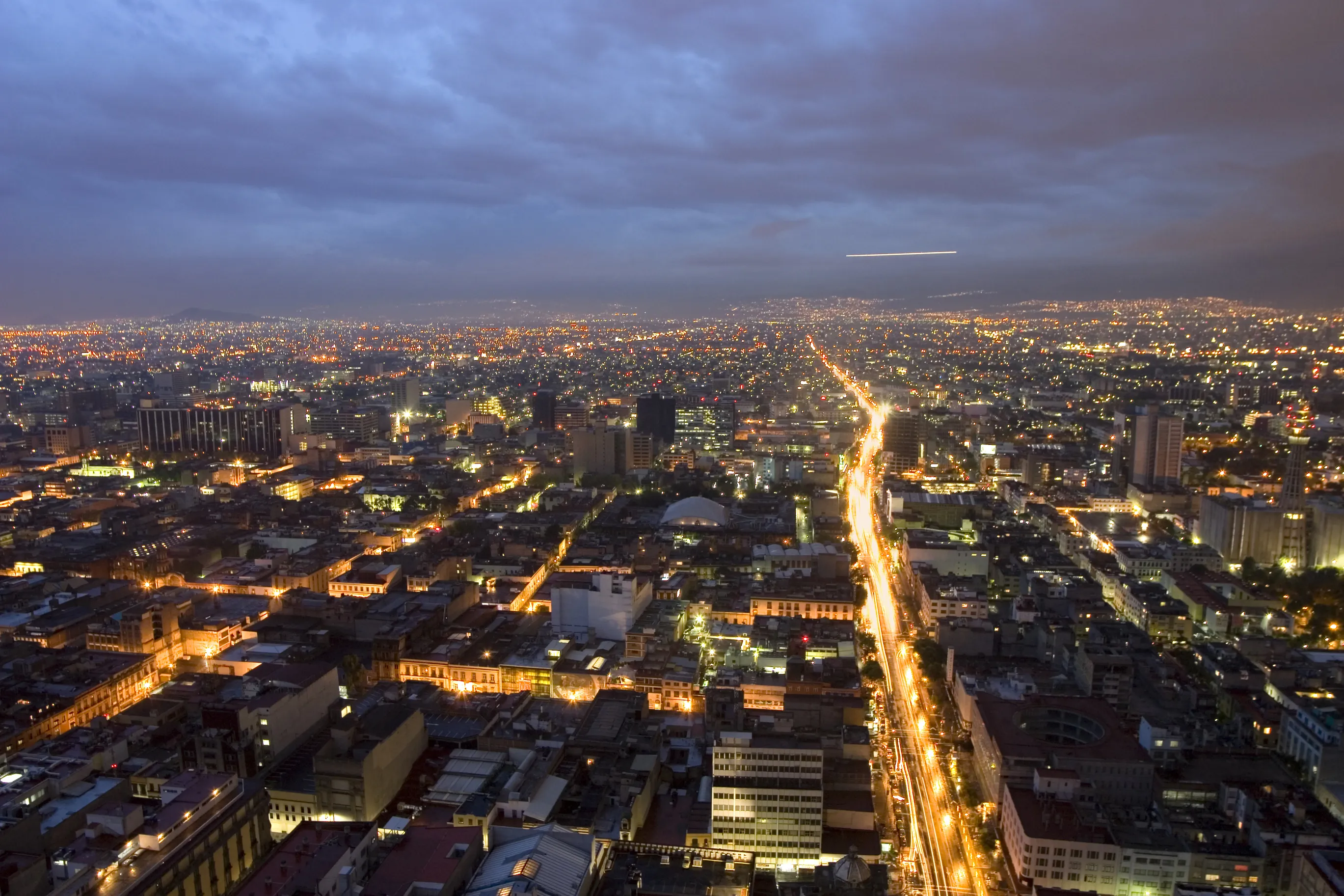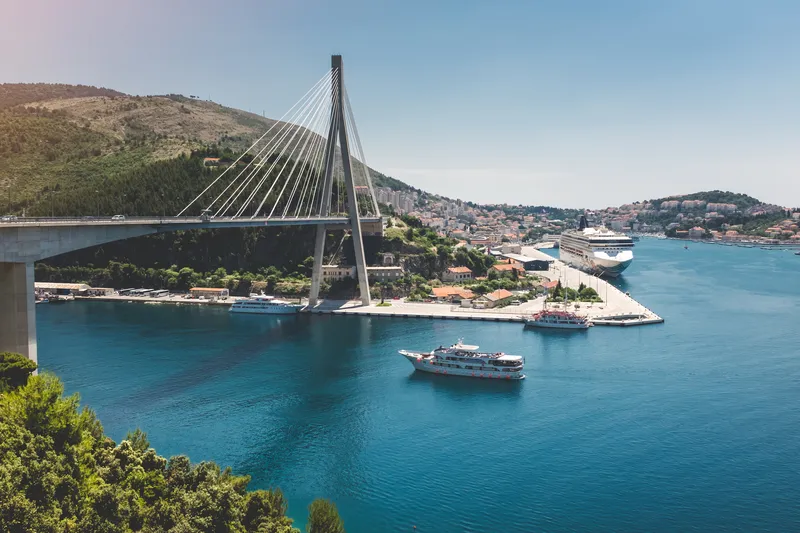India has embarked on an ambitious 6-year plan to upgrade 27,000km of roads into economic corridors.
The goal is to reduce traffic congestion and boost jobs in 30 cities, according to a report by the Times of India.
Around 44 stretches of highway have been earmarked for improvement and construction will include ring-roads.
Financing will be a mixture of private investment and public money.
In addition, the government will develop another 15,000 km, which will serve as feeder routes to these corr
September 21, 2016
Read time: 2 mins
India has embarked on an ambitious 6-year plan to upgrade 27,000km of roads into economic corridors.
The goal is to reduce traffic congestion and boost jobs in 30 cities, according to a report by the Times of India.
Around 44 stretches of highway have been earmarked for improvement and construction will include ring-roads.
Financing will be a mixture of private investment and public money.
In addition, the government will develop another 15,000 km, which will serve as feeder routes to these corridors. It also plans to develop 40 interconnecting corridors to connect the Golden Quadrilateral and 44 economic corridors in the country, sources said. Several fund options, including private investment, loans from agencies and road development cess, are being explored by the government to finance the project.
Live Mint news website called it “by far the most ambitious roads project since…the Golden Quadrilateral connecting Delhi, Mumbai, Chennai and Kolkata”. That project included just under 5,900km or roadworks.
Global management firm AT Kearney is advising the central (Union) government, Live Mint noted.
Meanwhile, the Ministry of Road Highways and National Highways Authority will cooperate on 82 projects to improve the road links between port cities. Highways to be built under the collaboration is part of the government's Bharatmala project, costing nearly US$60 billion, the newsmagazine SteelGur reported.
The goal is to reduce traffic congestion and boost jobs in 30 cities, according to a report by the Times of India.
Around 44 stretches of highway have been earmarked for improvement and construction will include ring-roads.
Financing will be a mixture of private investment and public money.
In addition, the government will develop another 15,000 km, which will serve as feeder routes to these corridors. It also plans to develop 40 interconnecting corridors to connect the Golden Quadrilateral and 44 economic corridors in the country, sources said. Several fund options, including private investment, loans from agencies and road development cess, are being explored by the government to finance the project.
Live Mint news website called it “by far the most ambitious roads project since…the Golden Quadrilateral connecting Delhi, Mumbai, Chennai and Kolkata”. That project included just under 5,900km or roadworks.
Global management firm AT Kearney is advising the central (Union) government, Live Mint noted.
Meanwhile, the Ministry of Road Highways and National Highways Authority will cooperate on 82 projects to improve the road links between port cities. Highways to be built under the collaboration is part of the government's Bharatmala project, costing nearly US$60 billion, the newsmagazine SteelGur reported.








